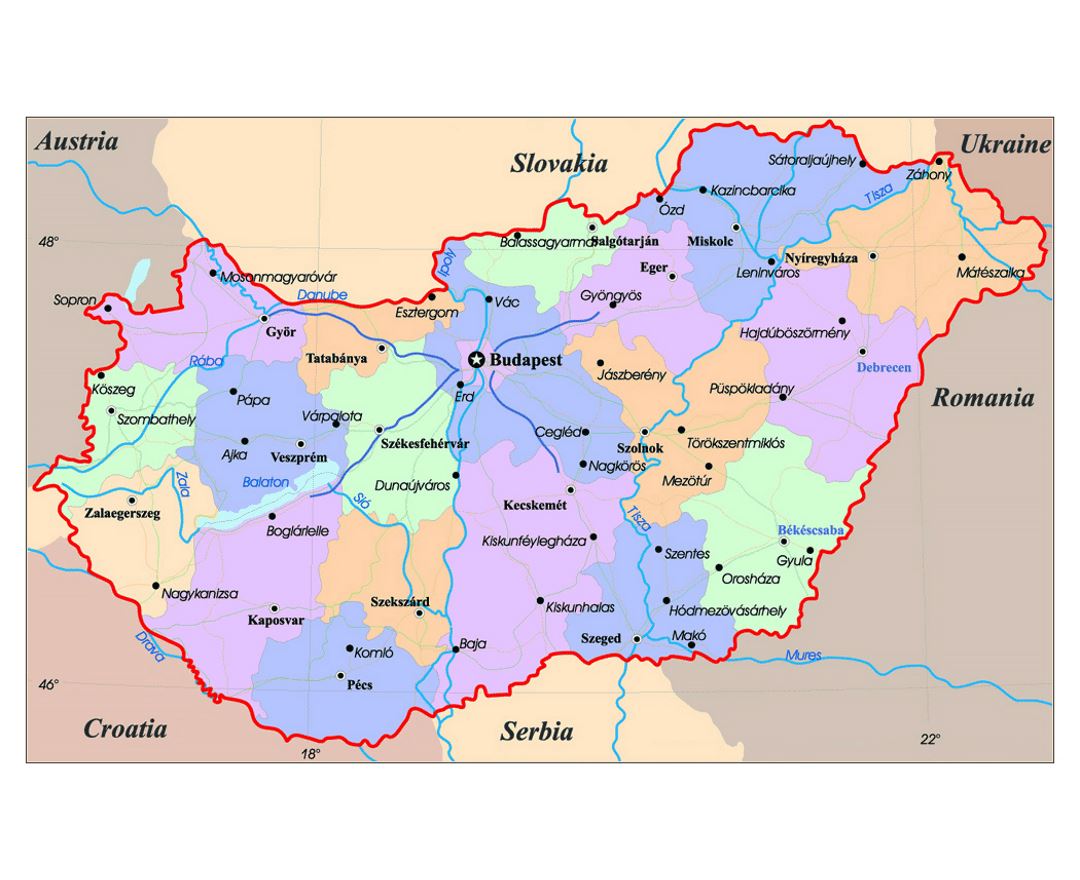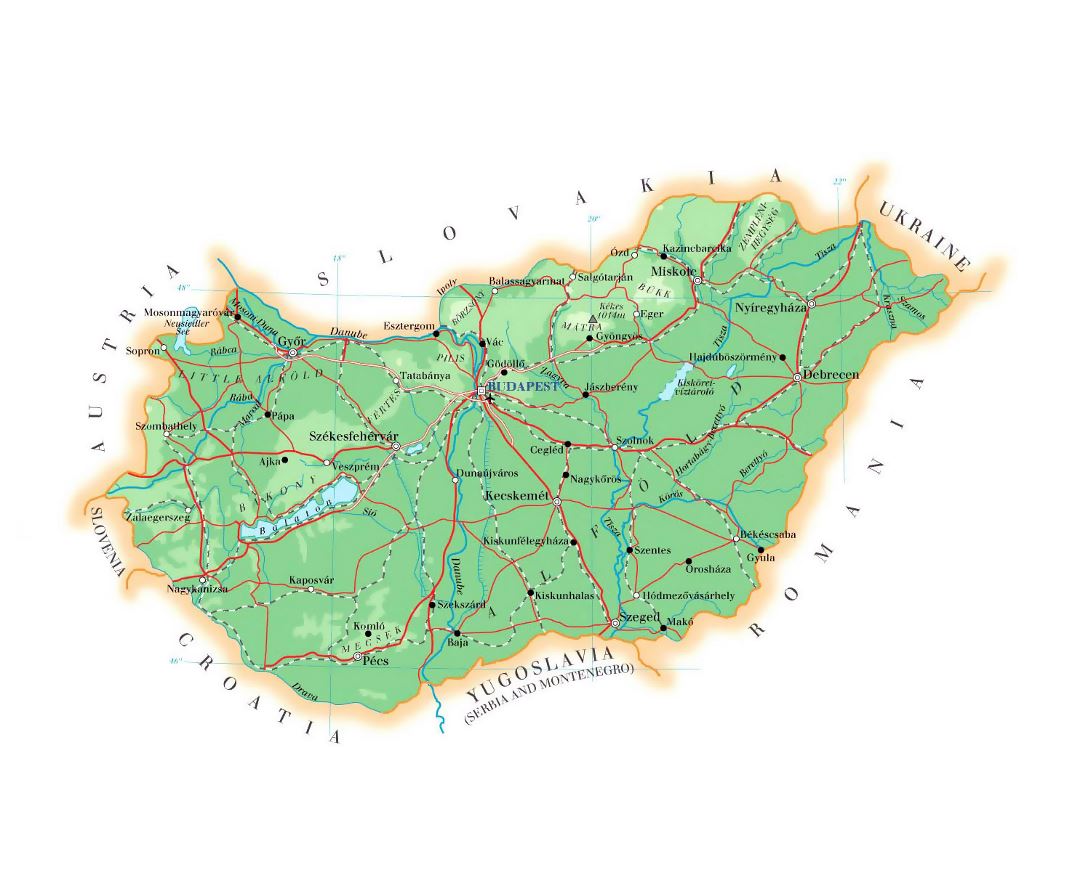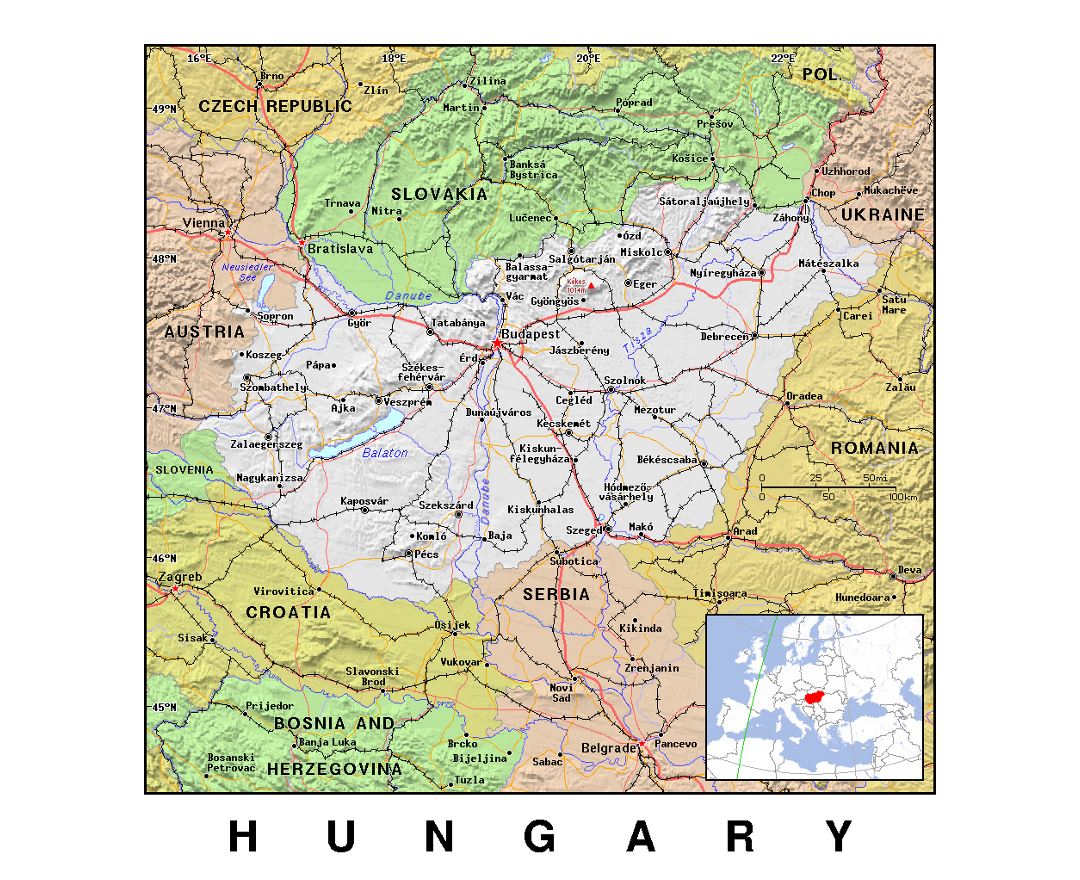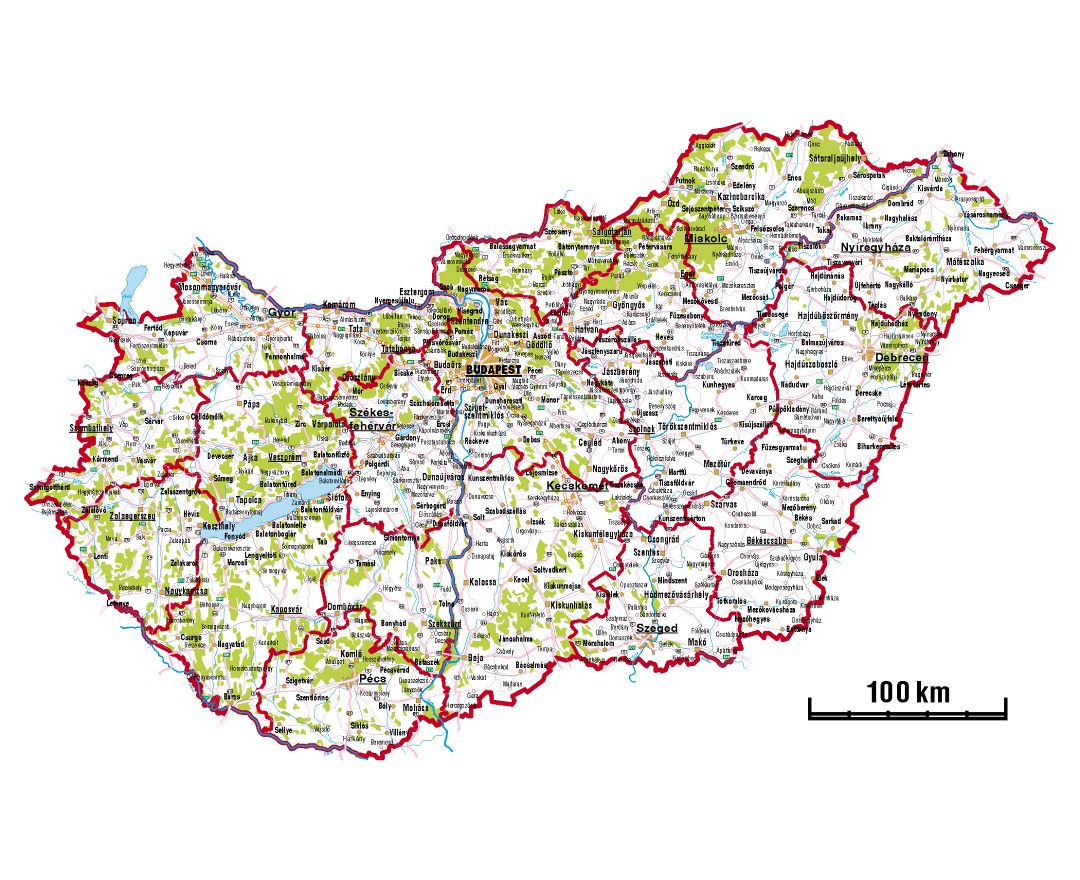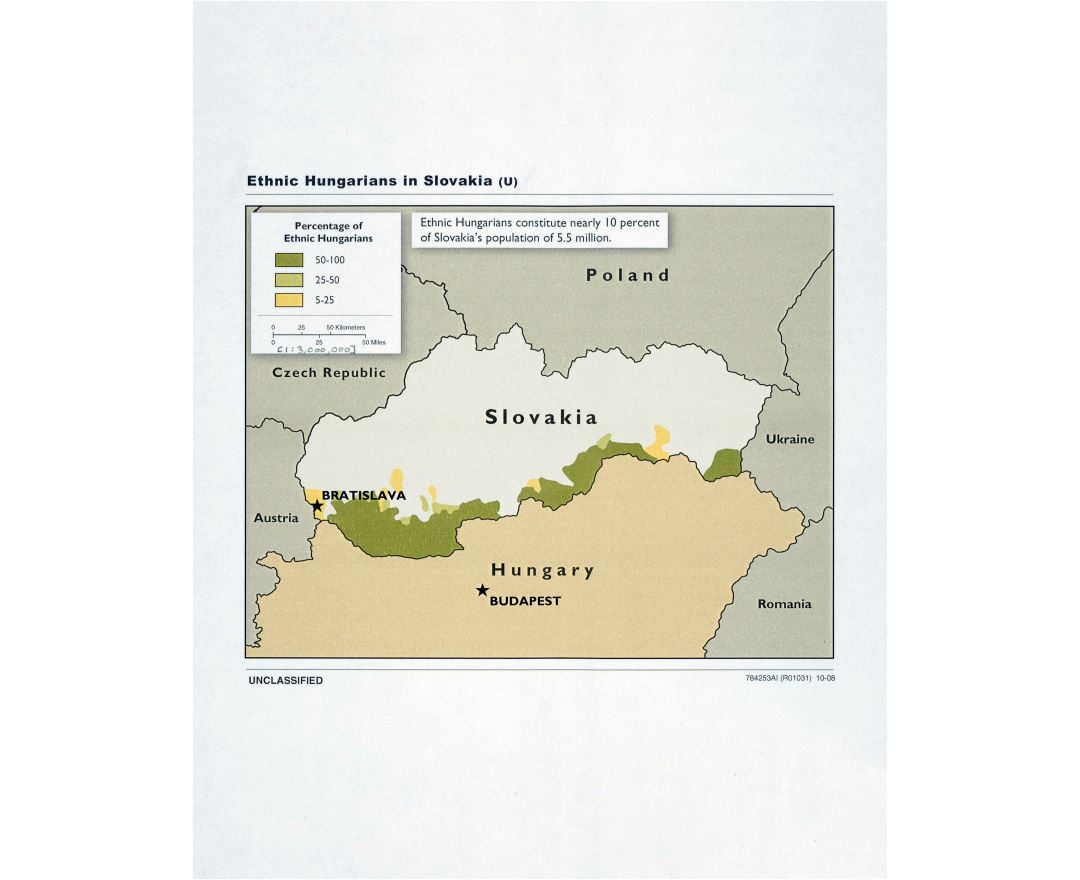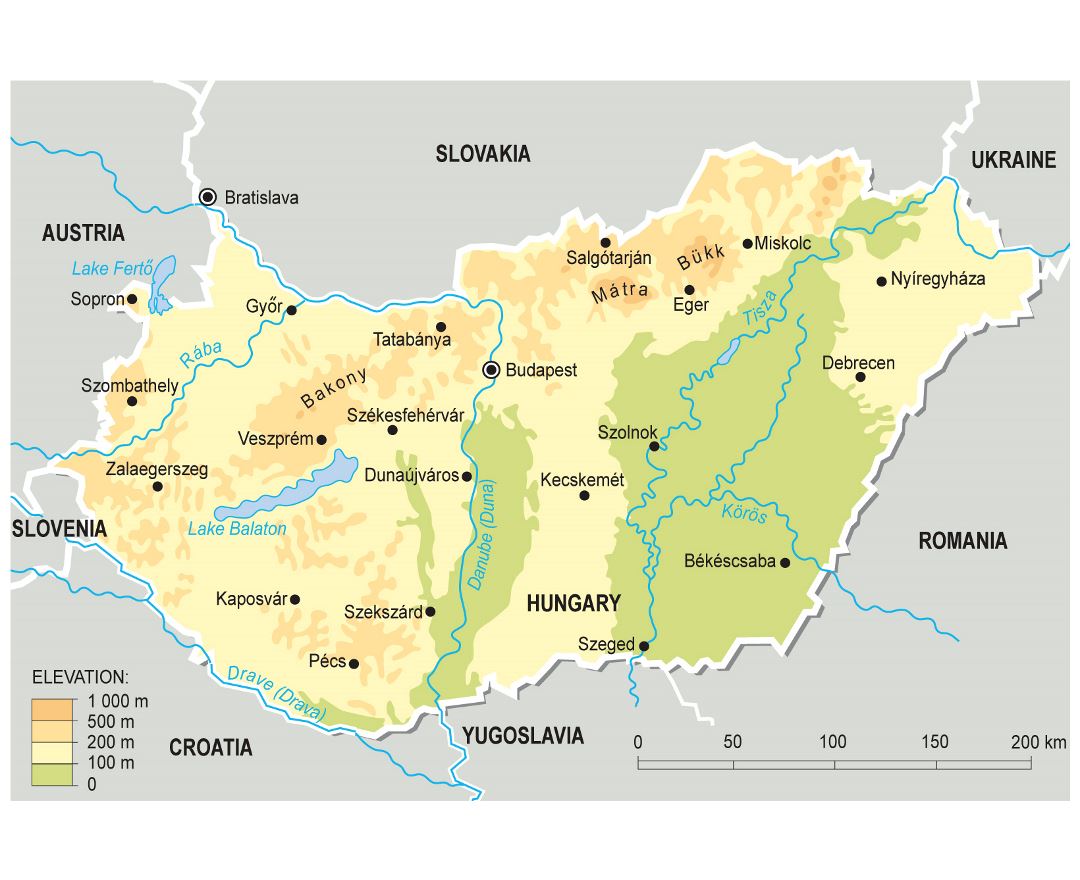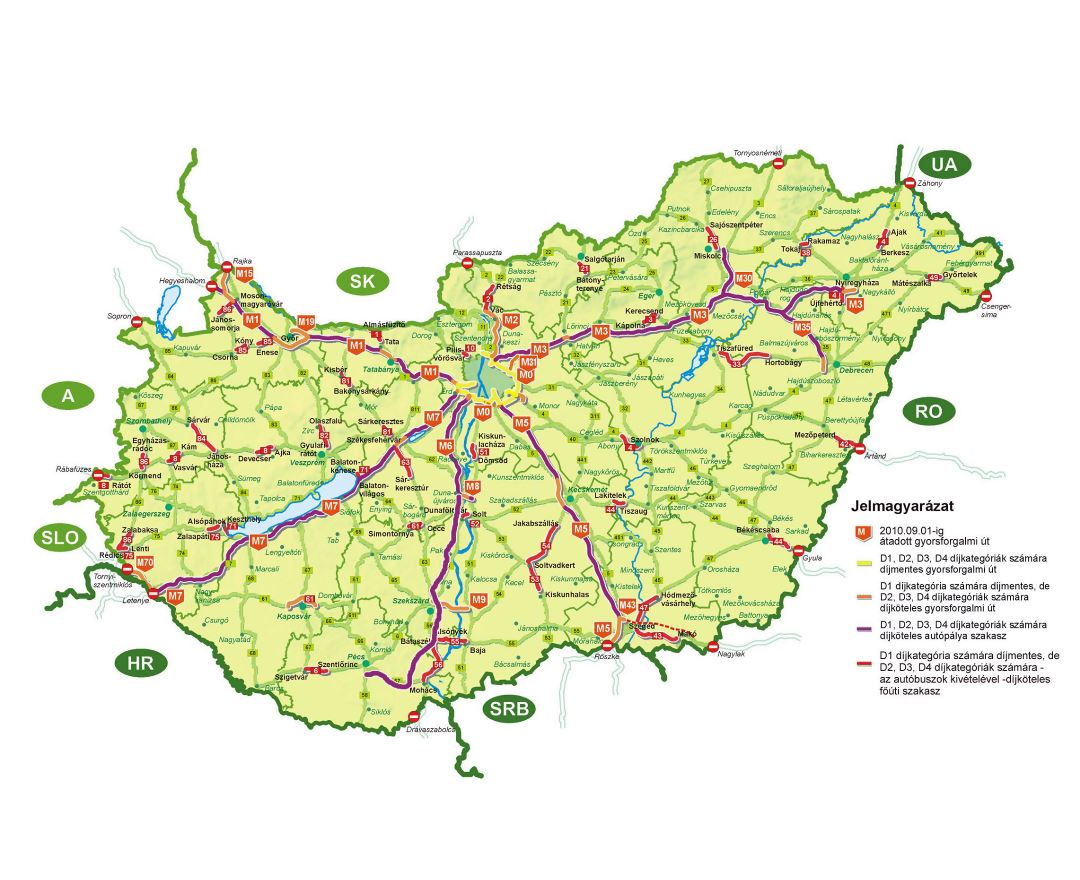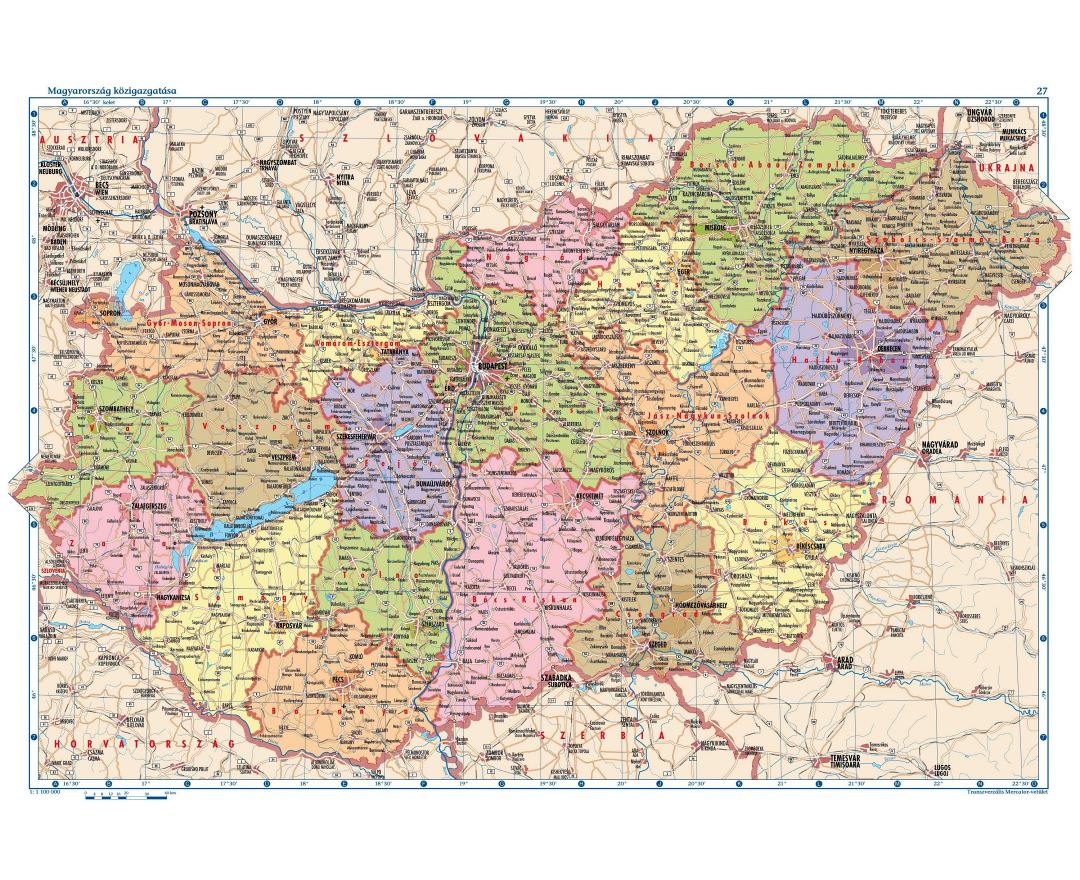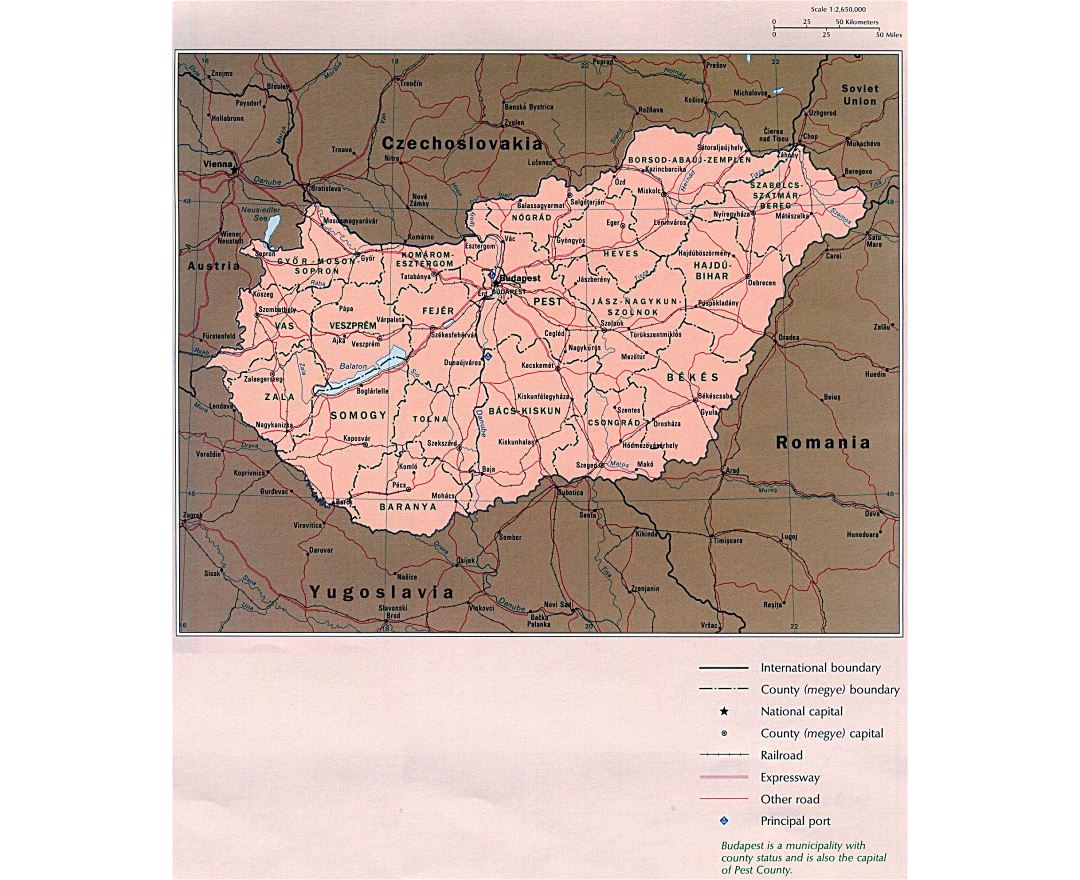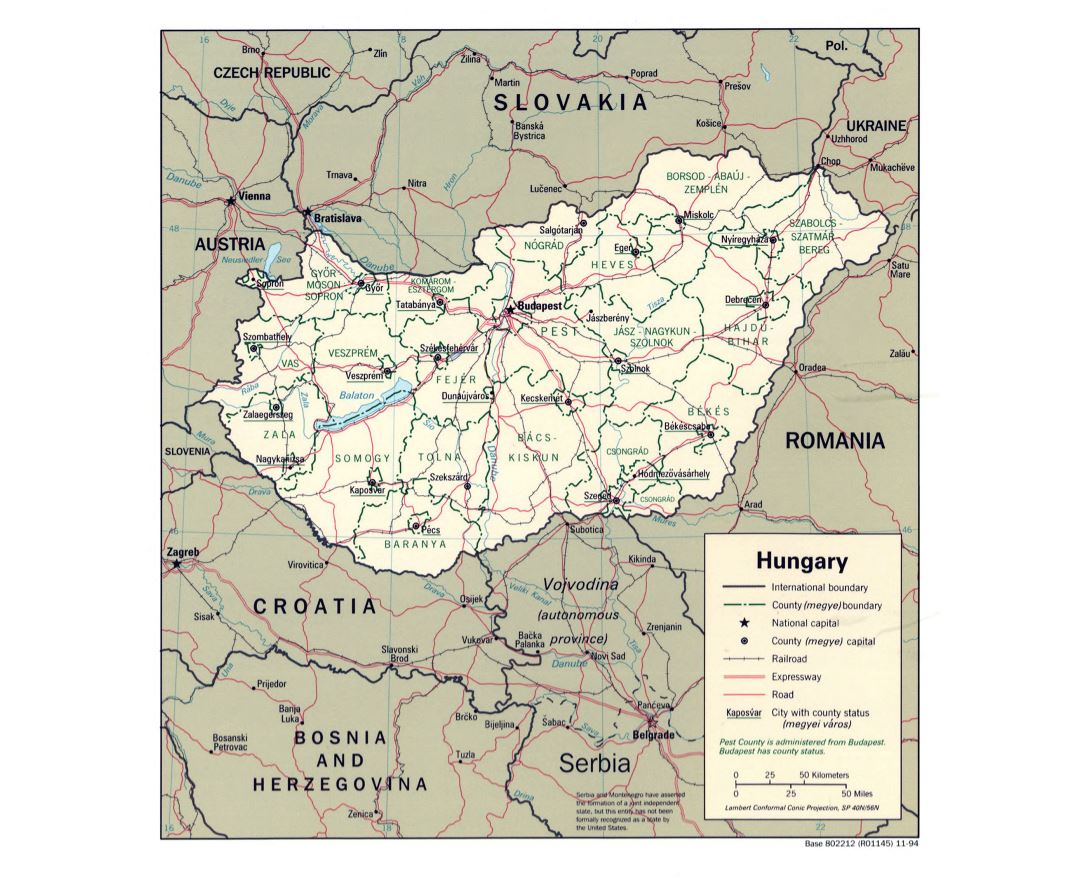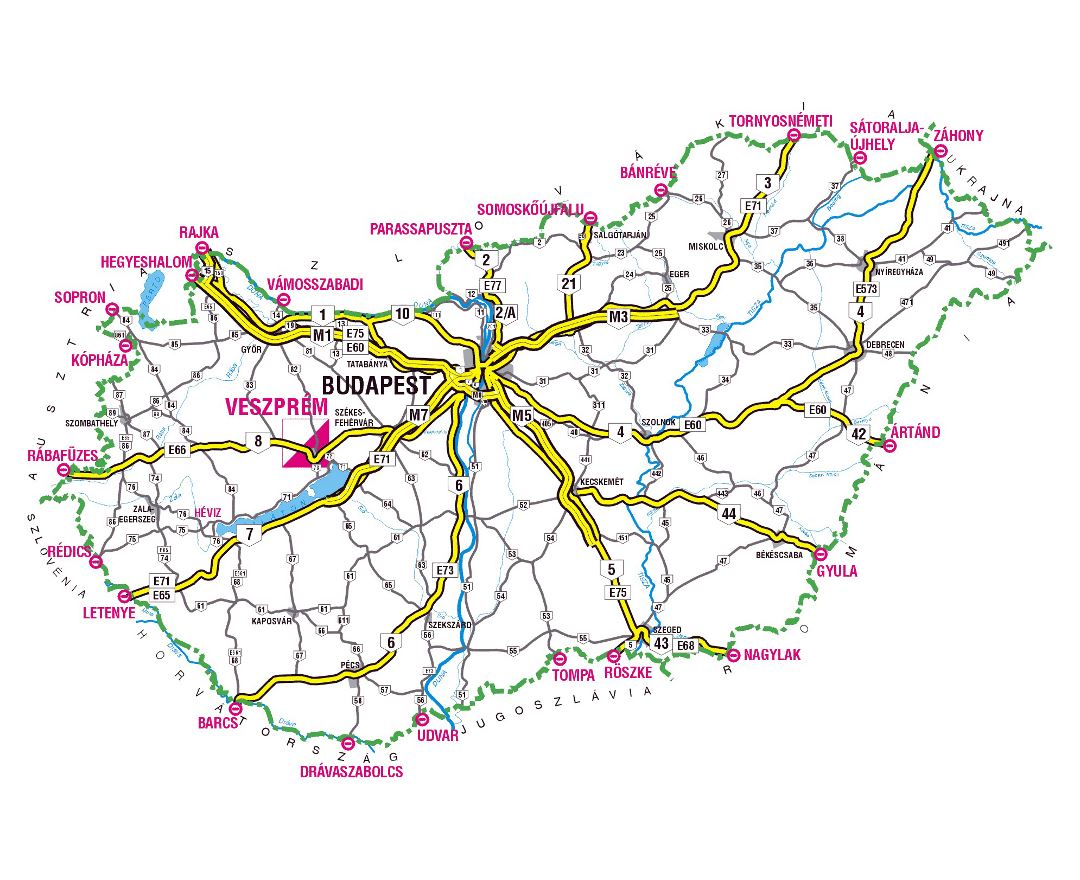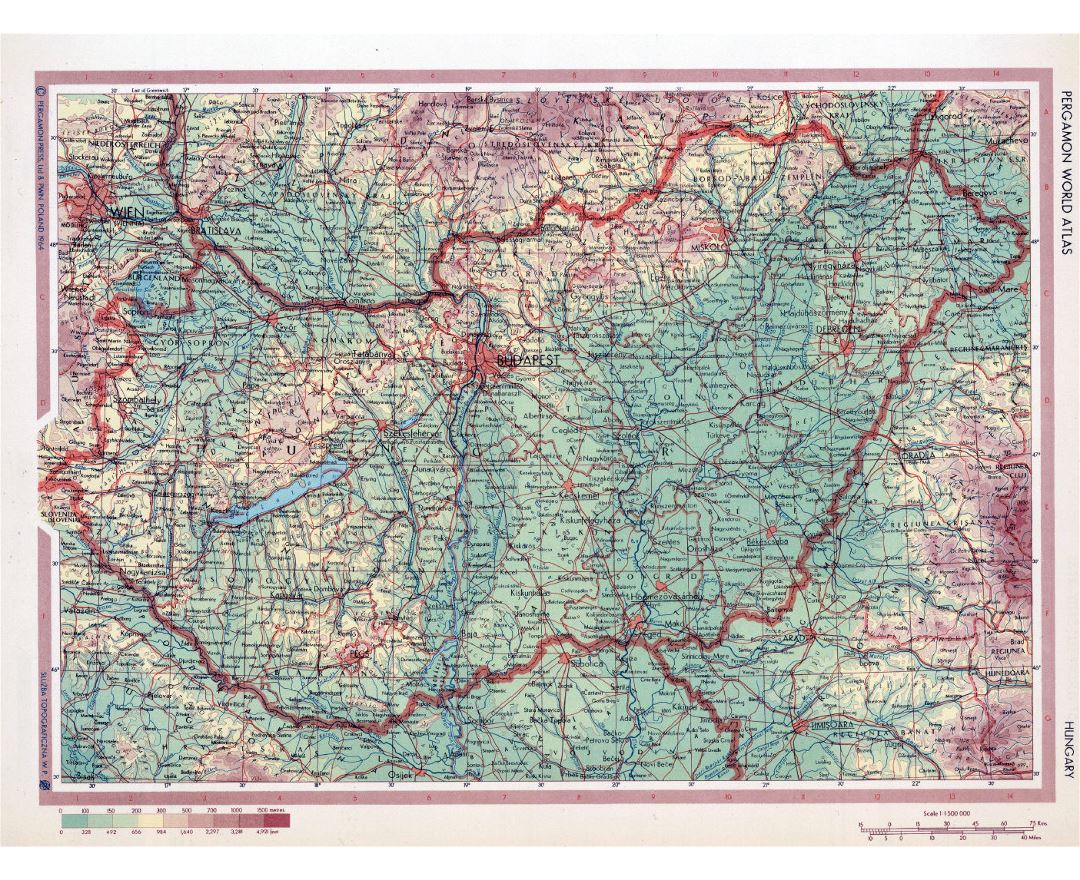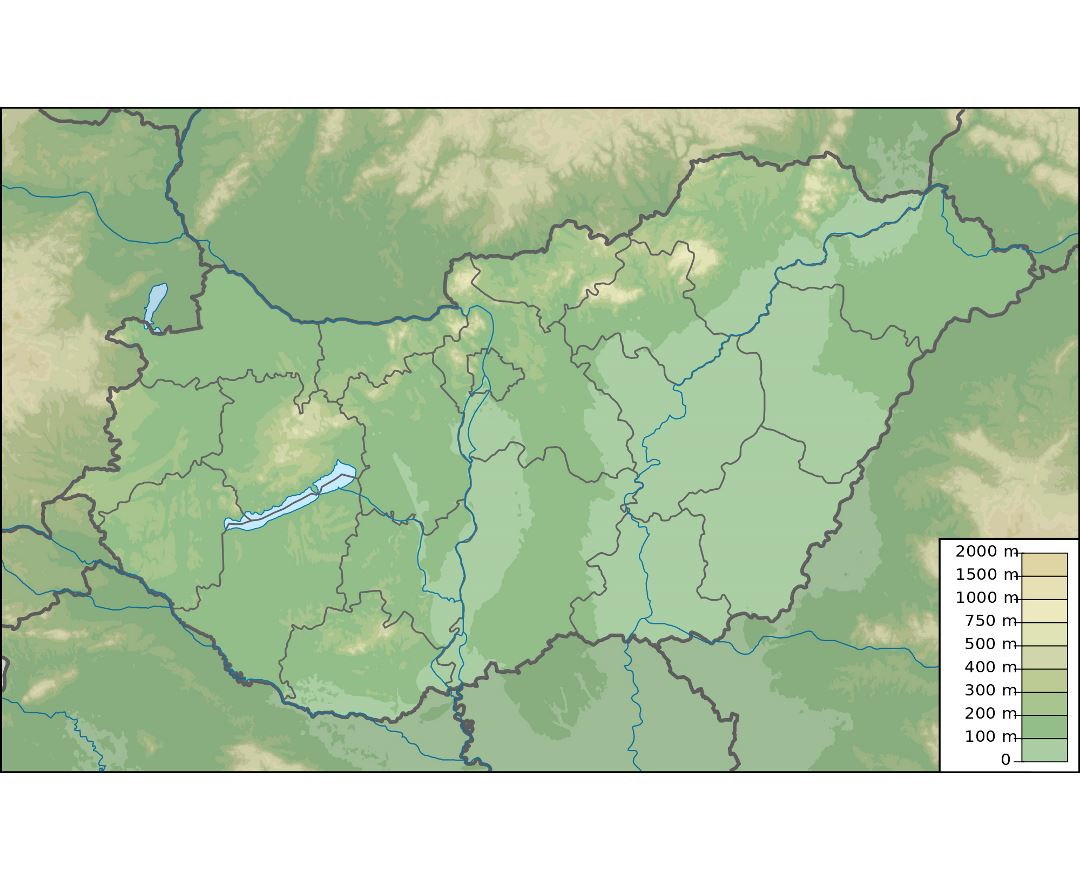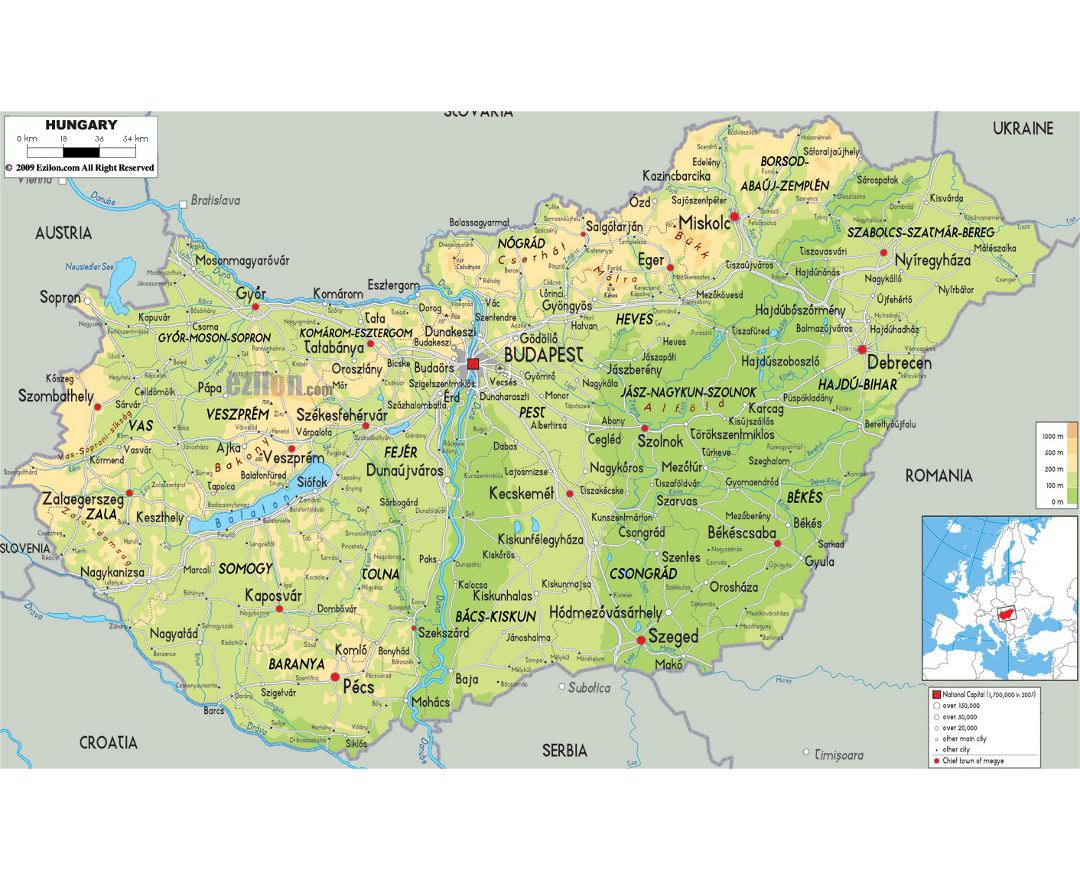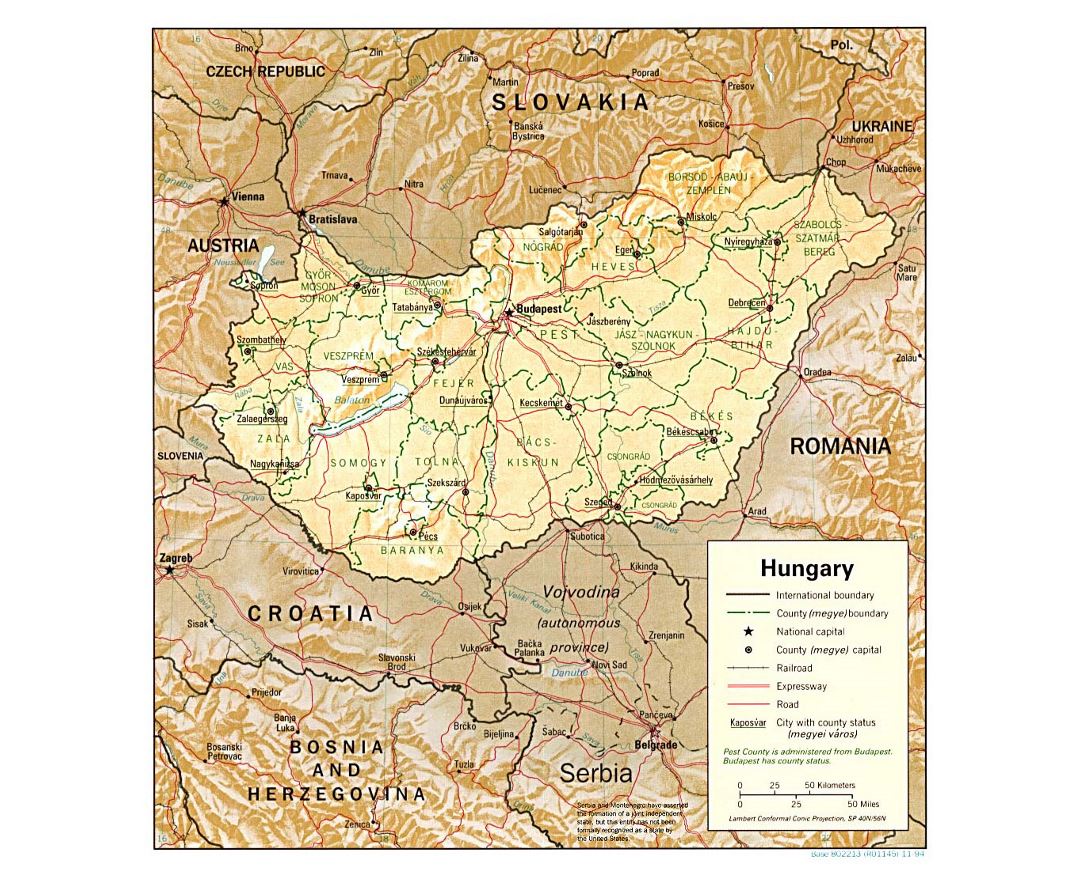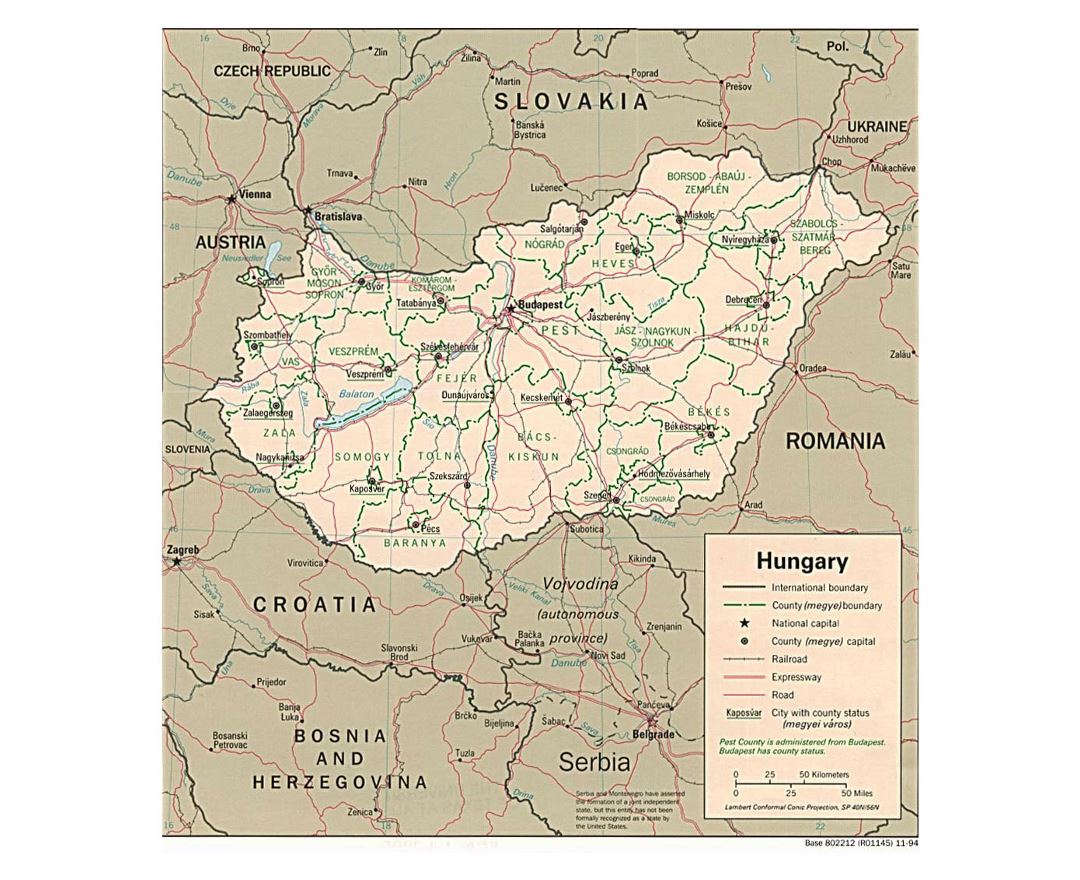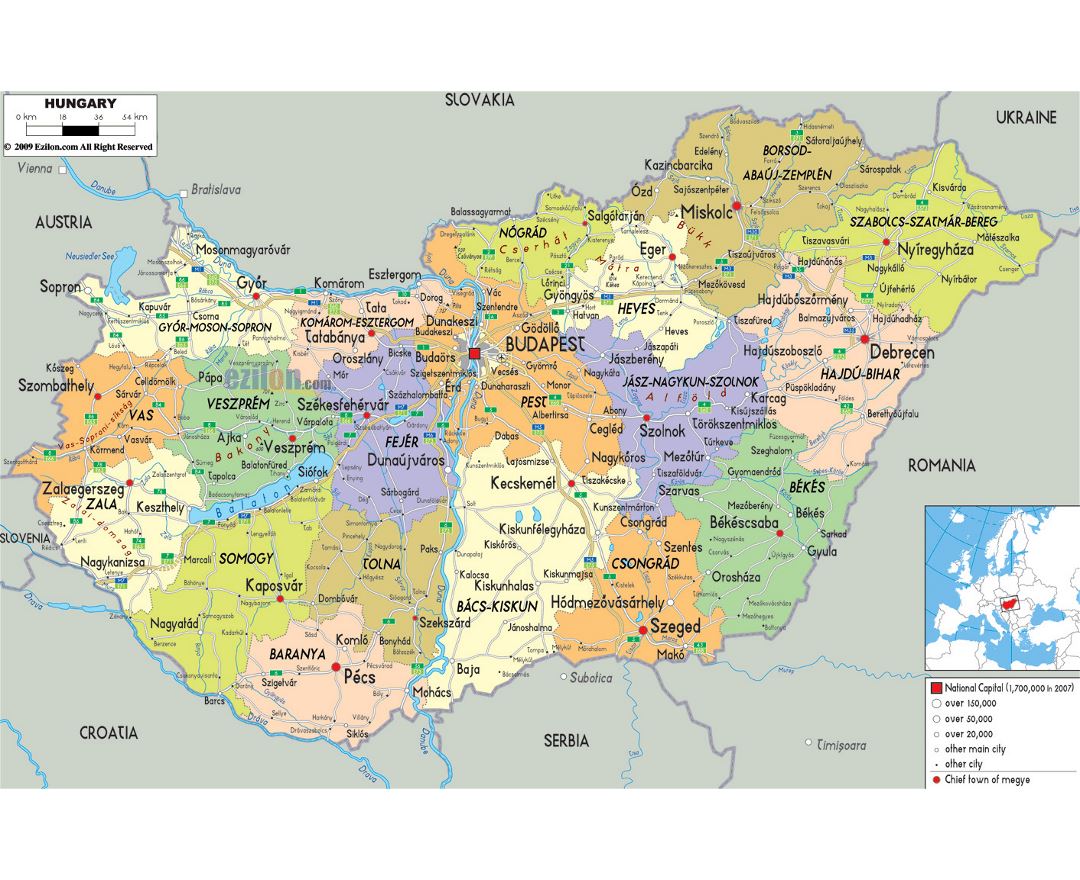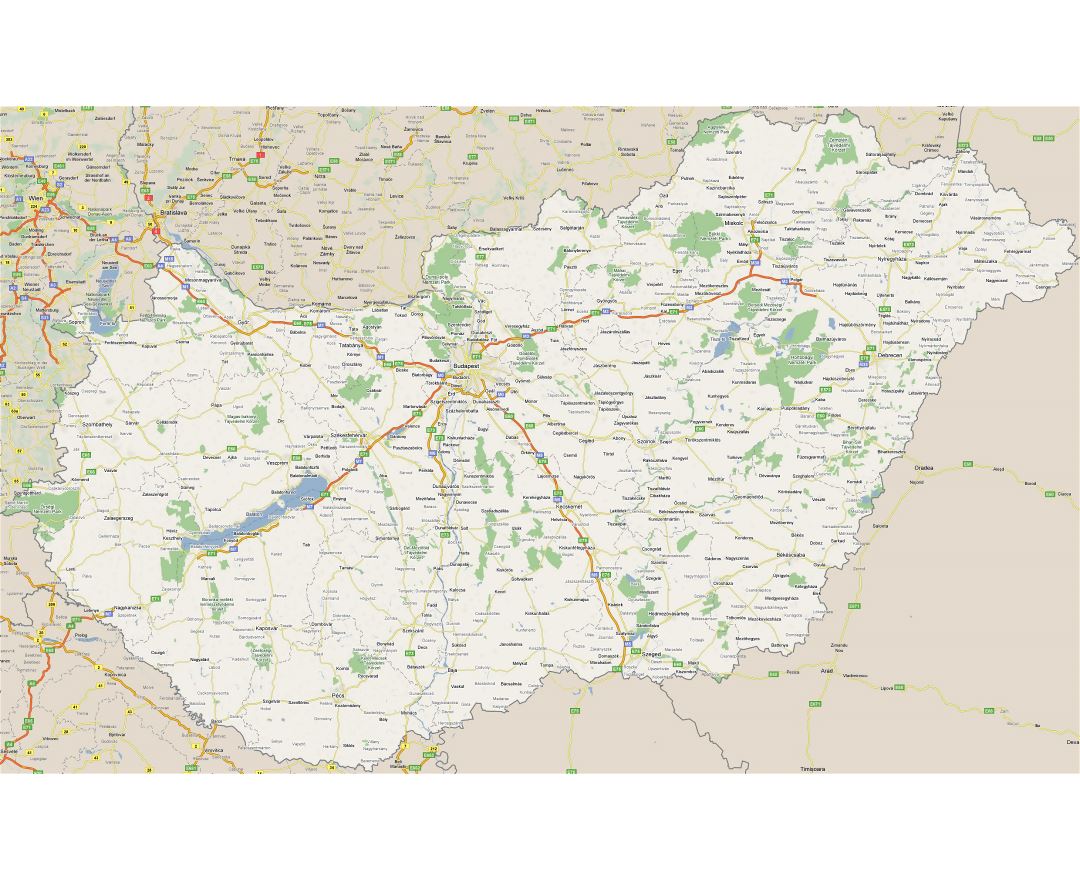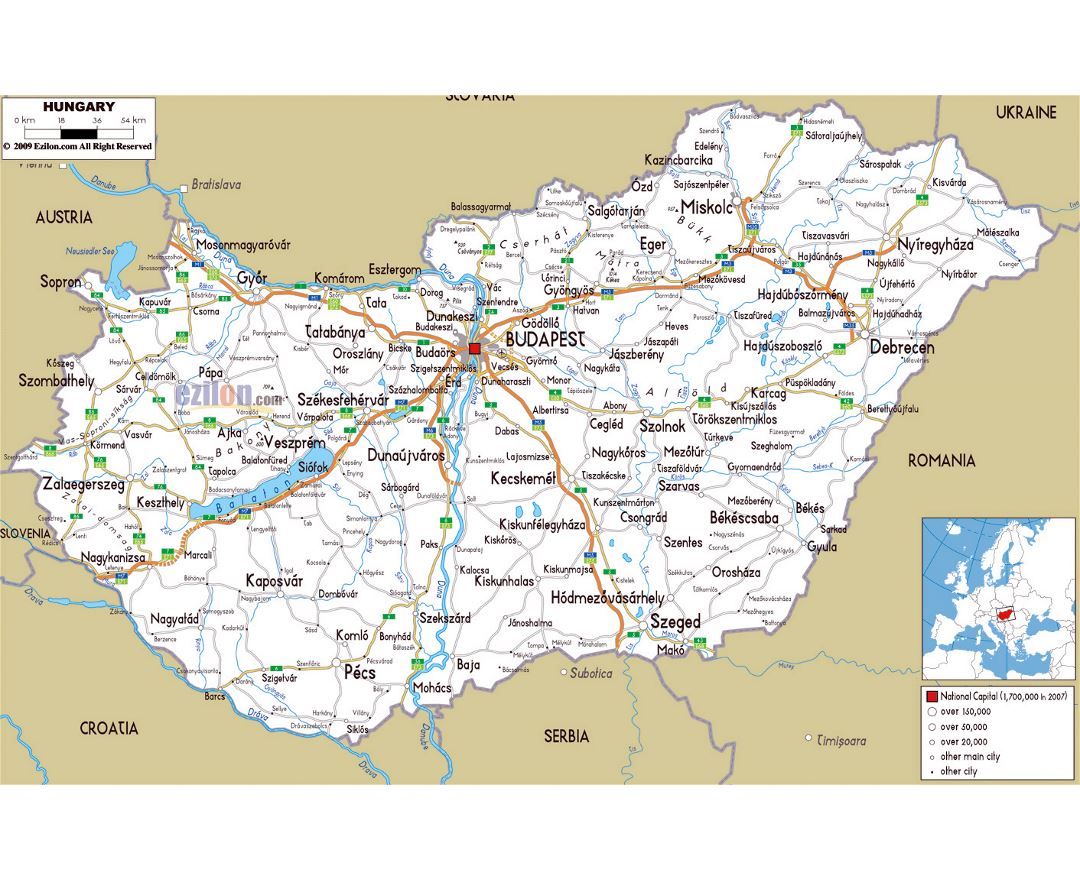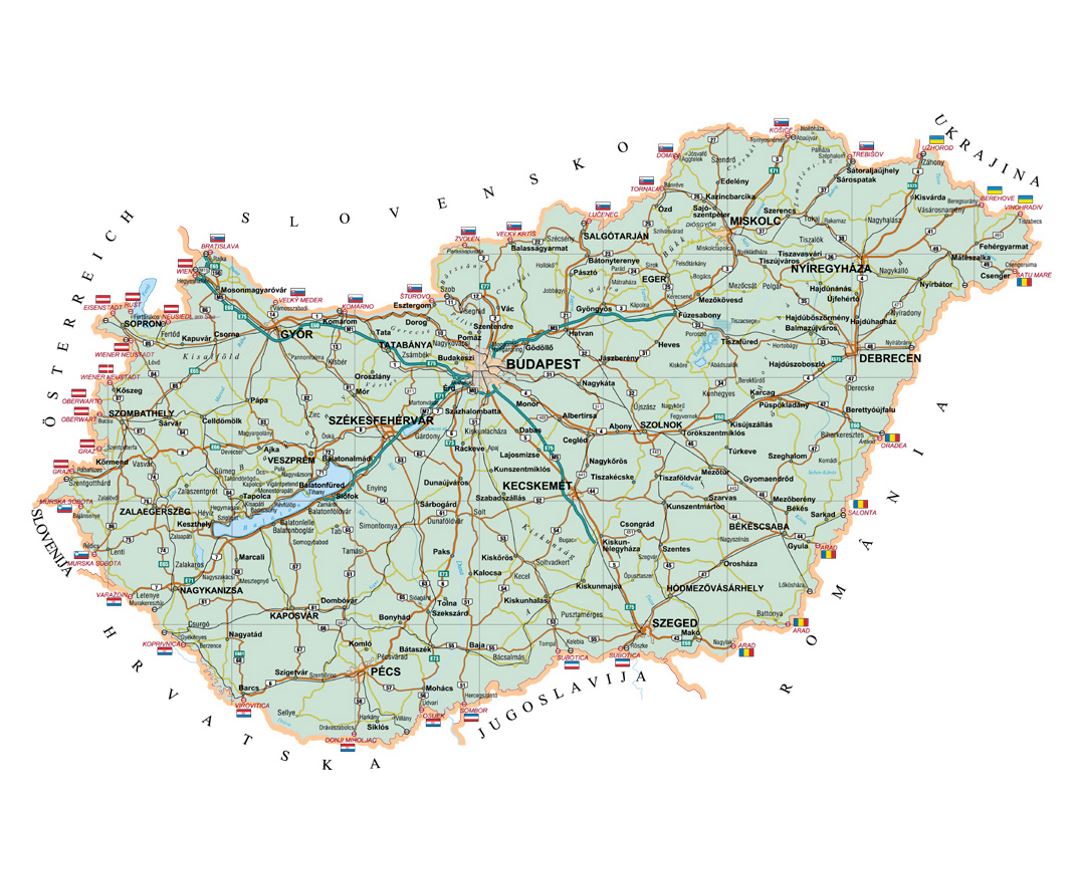Hungary
Hungary is a parliamentary constitutional republic in Central Europe. It is situated in the Carpathian Basin and is bordered by Slovakia to the north, Romania to the east, Serbia to the south, Croatia to the southwest, Slovenia to the west, Austria to the northwest, and Ukraine to the northeast. The country's capital and largest city is Budapest. Hungary is a member of the European Union, NATO, the OECD, the Visegrád Group, and the Schengen Area. The official language is Hungarian, which is the most widely spoken non-Indo-European language in Europe.
Following centuries of successive habitation by Celts, Romans, Huns, Slavs, Gepids and Avars, the foundation of Hungary was laid in the late 9th-century by the Hungarian grand prince Arpad in the Honfoglalas ("homeland-conquest"). His great-grandson Stephen I ascended to the throne in 1000 CE, converting the country to a Christian kingdom. By the 12th century, Hungary became a middle power within the Western world, reaching a golden age by the 15th century. Following the Battle of Mohacs in 1526 and about 150 years of partial Ottoman occupation (1541 - 1699), Hungary came under Habsburg rule, and later formed a significant part of the Austro - Hungarian Empire (1867 - 1918).
Hungary's current borders were first established by the Treaty of Trianon (1920) after World War I, when the country lost 71% of its territory, 58% of its population, and 32% of ethnic Hungarians. Following the interwar period, Hungary joined the Axis Powers in World War II, suffering significant damage and casualties. Hungary came under the influence of the Soviet Union, which contributed to the establishment of a four-decade-long communist dictatorship (1947 - 1989). The country gained widespread international attention regarding the Revolution of 1956 and the seminal opening of its previously-restricted border with Austria in 1989, which accelerated the collapse of the Eastern Bloc.
On 23 October 1989, Hungary again became a democratic parliamentary republic, and today has a high-income economy with a very high Human Development Index.
Hungary is a popular tourist destination attracting 10.675 million tourists a year (2013). It is home to the largest thermal water cave system, the second-largest thermal lake in the world (Lake Heviz), the largest lake in Central Europe (Lake Balaton), and the largest natural grasslands in Europe (the Hortobagy National Park).

